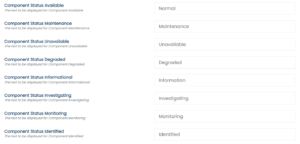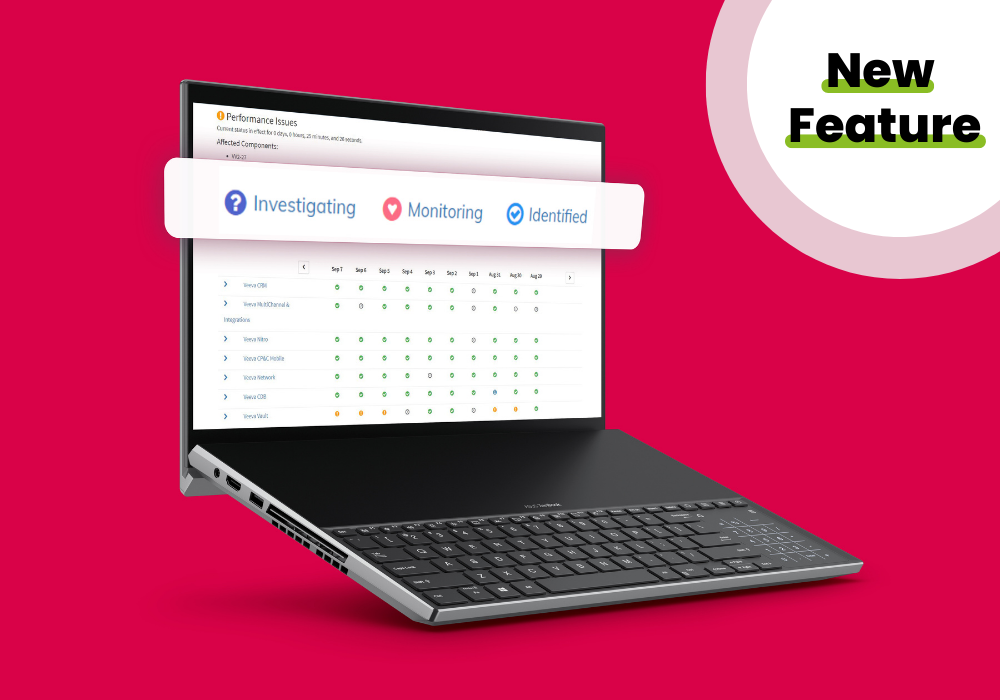What’s just as important as resolving an impacted service? Providing detailed yet digestible updates to your communities and stakeholders. A recent update to StatusCast, involves the addition of three new status types that can be assigned to your components. Detailed communications is an essential component of incident response and management, and additional status types provide your users with a more granular view of incident activity. So whether you are building trust amongst customers by taking a more transparent approach, or communicating your troubleshooting process internally, having concise and varied statuses at your disposal ultimately equals a better informed community.
Incident Response Timeline
From the moment your component is impacted, accurately labeling each stage, from identification to restoration allows your team to better track the troubleshooting process. We call this the Incident Response Timeline. Is there a pattern you are noticing surrounding the time it takes to identify the root cause of an issue? What’s the average amount of time your team takes to monitor an issue before reverting to an all clear? Integrating more detailed statuses can continue to help you assess the effectiveness of your incident response and even provide your subscribers and viewers a better look into what’s affecting them.
On all Incident Management admin and status pages, the following new statuses: Investigating, Monitoring, and Identified will be available for use. Take a look at how they will appear in the Table of Contents on a Status Page.

Like all of our statuses, the descriptions are fully customizable to adhere to your company’s terminology.
Customization and Localization
In the Administration Page, Navigate to Settings and then Localization and finally Status Text. In this window, you will be able to change the text of the several different statuses available.

If you have any questions or suggestions about any StatusCast feature, please get in touch, or to try this out, sign up for a trial here.






